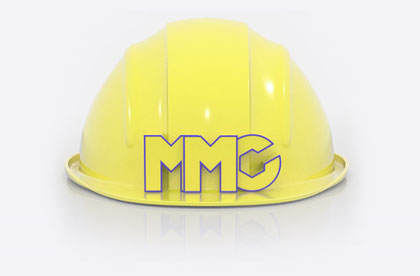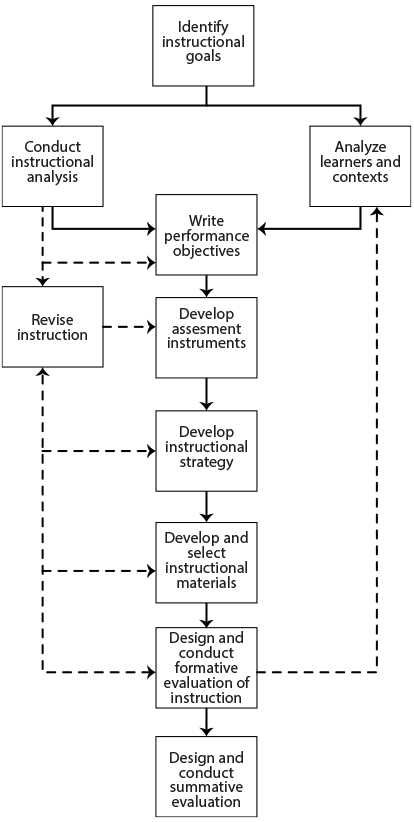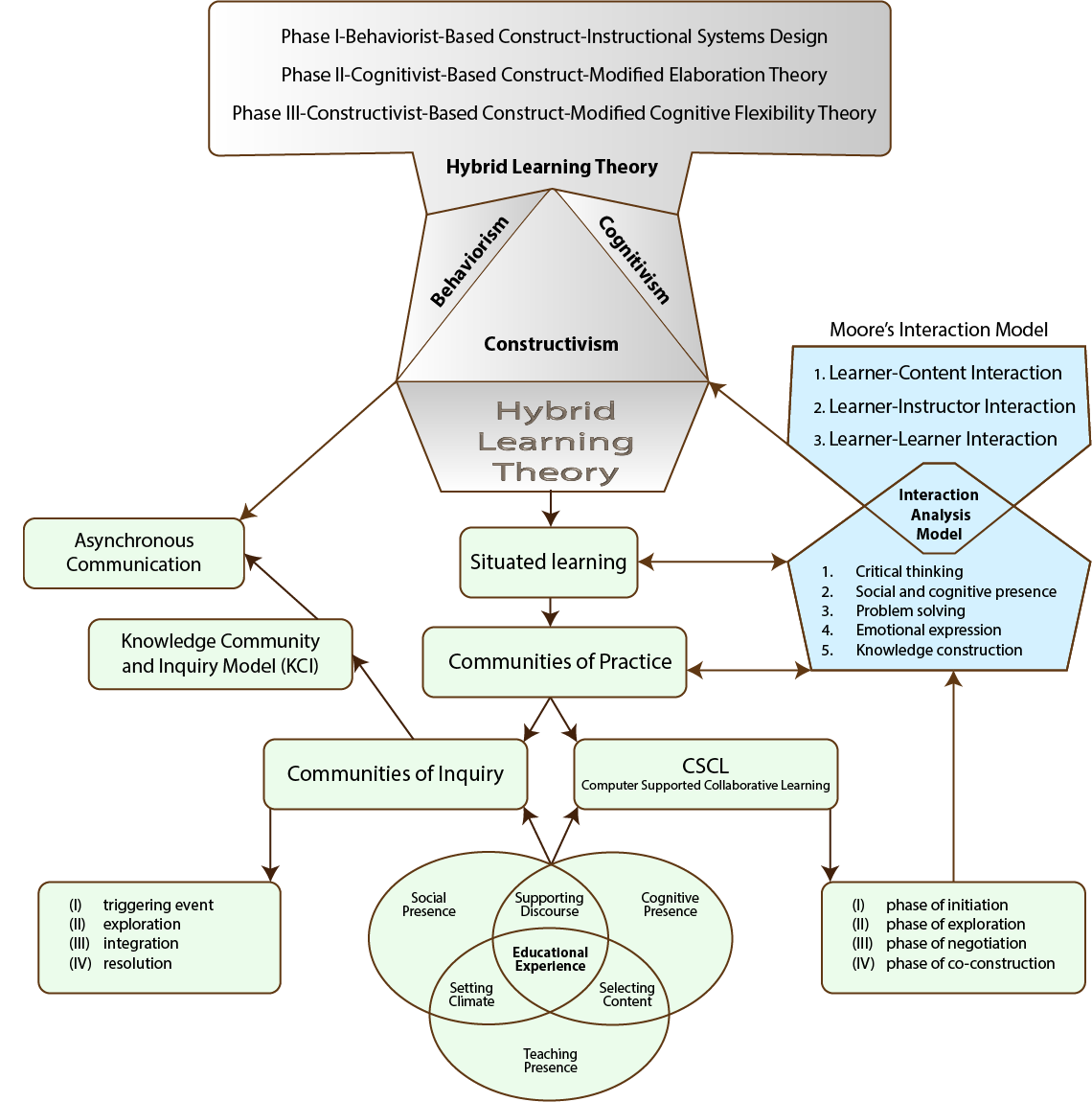Multi Media Construction


It can be said with some accuracy that we spend our lives building things. It is ironic but true that we also build our lives. We build our reputations, credentials, and education. It can also be said that all these things and more are under construction on a continual basis.
There are well established scientific principles that guide the people who construct physical edifices so that the buildings they create are beautiful, useful, and safe. There are also well-established scientific principles that guide the people who build instructional curriculum and content.
Those principles must be applied so that educational material/content will readily facilitate the success of the learners that are dedicated to building themselves.
The science of learning is predicated on three distinct learning models;
The way this is stated here implies a certain chronology, and indeed, history says this as well. The first learning model is 'Behaviorism', but the very nature of successful human learning demands allowing for a cognitive process to occur also; not simply remembering what to do, but why as well.
Constructivism is a model that incorporates the learner's own experience[s] and perceptions into the development of the most effective system for the learner. Looking at the different models and designing the most effective system means we must consider a means of combining or blending the models.
The diagram below represents a basic systems approach structural model, (inspired by Dick & Carey);

This structure can be successfully applied to the development of any educational content/subject matter in any discipline. It is important to know that when we use multimedia as a part of our instructional strategy, additional attention must be given to a number of principles that guide that process as well.
Structuring learning content with great regard for memory/cognitive limitations by segmenting and scaffolding are just some of the tactics that create good learning design strategy. 'Mapping' that process visually helps us to 'see' it graphically and thereby attach greater meaning to that structure. The image below represents one possible 'map' of a learning structure that blends the models:
